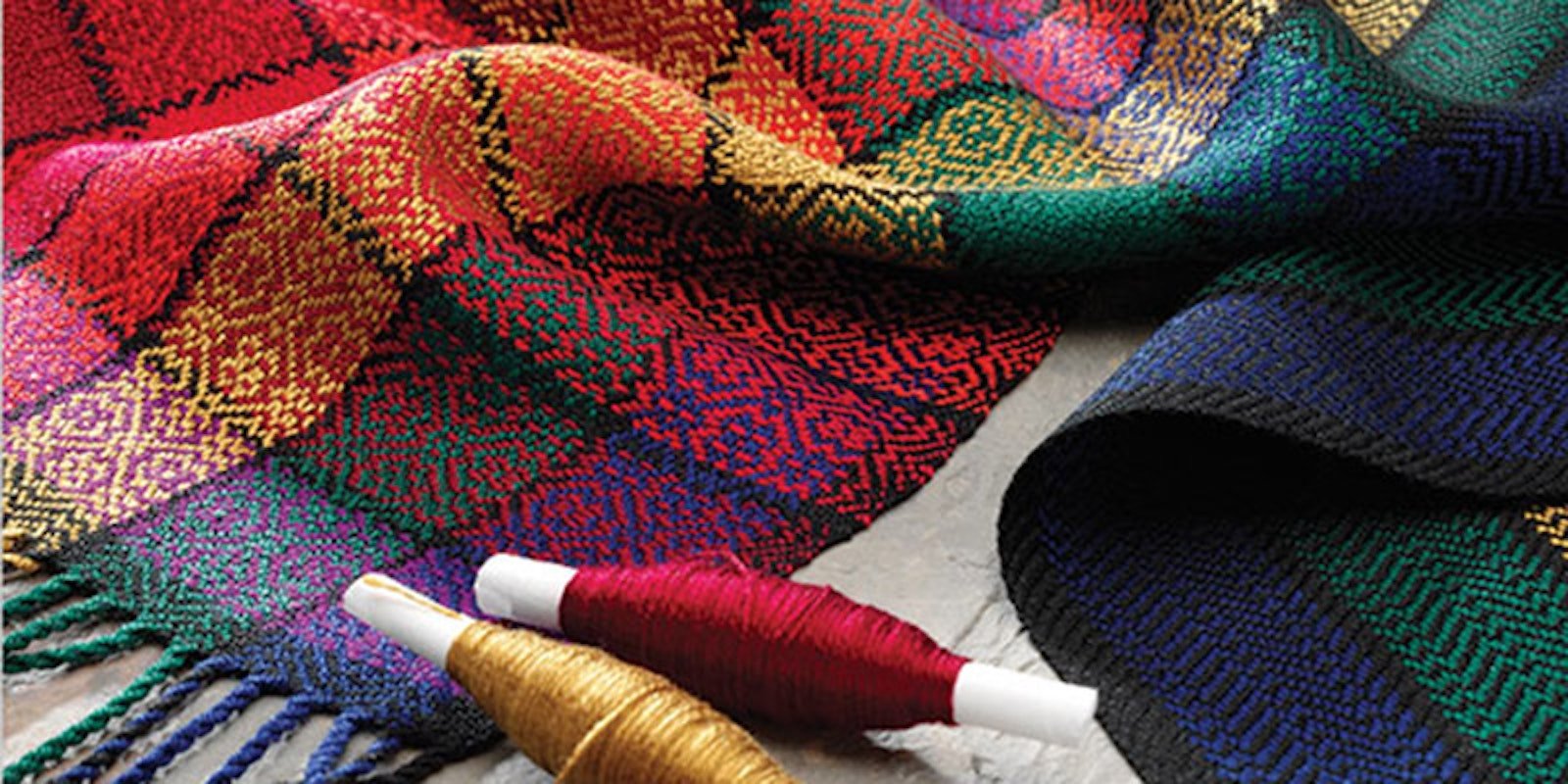New weavers are often unaware that when most woven projects come off a loom they aren’t actually finished. Most projects need some sort of finishing touches, whether it is knotting,twisting fringe, hemming, or clipping and sewing in ends. And even then, an experienced weaver will tell you that the project still isn’t finished, and that’s because woven projects need wet-finishing. As Laura Fry says, “It’s not finished until it’s wet-finished.”
Although the two terms would seem to mean the same thing, wet-finishing isn’t the same as washing. Wet-finishing takes place the first time the cloth is exposed to water, soap, and motion. While the goal of washing is to remove soil, the goal of wet-finishing is to turn weaving into cloth, and the process may be more intense than washing. Professional weaver and teacher Laura Fry did extensive research and testing to develop best practices for wet-finishing all types of handwoven cloth and she shares her knowledge in the Wet-Finishing For Weavers online course.
The course is arranged to walk you through the processes for wet-finishing most types of handwovens. It starts with an extensive discussion of fulling and brushing woolens and mohair. Laura shows the traditional hand-fulling process and also explains how to use a washing machine for fulling. Of particular interest to me was her explanation of how to prepare twisted fringe on the loom for fulling.
Fabrics before and after wet-finishing. Photo Credit: Joe Coca
The course also covers wet-finishing worsted cloth, cotton and linen, silk, and rayon. For those of us who aren’t familiar with hot and cold mangles, Laura shows how they work and how to simulate the way they compress and smooth cloth using objects you probably already own, something I’m going to try on the next set of linen towels I weave. Finally, there is a section on shrinkage in textured cloths and extreme fulling of woolen cloth, with an interesting bit about fulling cloth in a hammer mill.
Laura Fry shows how to finish linen and bring out its luster.
Laura knows her stuff when it comes to finishing woven cloth. After watching this course, you will have a different approach to wet-finishing your own handwoven projects. Remember, “It’s not finished until it’s wet-finished.”
Weave well,
Susan



